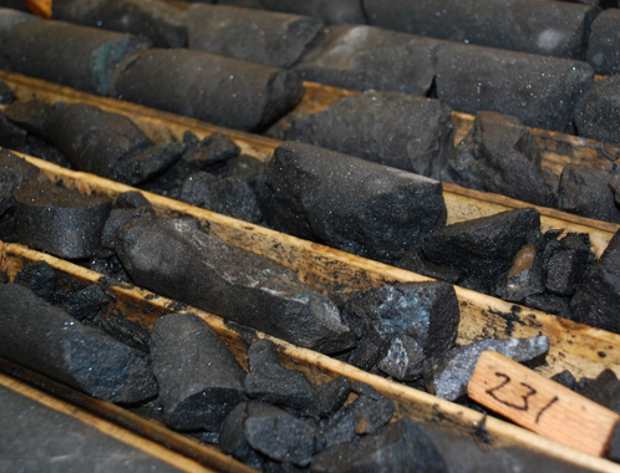THUNDER BAY – The prospect of a major change in our region brought forward by mining has many possibilities. Ambassadors Northwest has just completed a comprehensive study of nine mining projects currently underway in Northwestern Ontario. That study predicts these mines will yield $136 billion in mined product and provide 13,149 jobs to Northwestern Ontarians.
While most are looking at the short-term economic benefits of that kind of economic benefit, the real challenge will come socially. Let each of us remember how our region was impacted by the massive downturn in the forest sector of our economy.
In Alberta, during the 1980s J&L Supply became the originators of a bumper sticker -“Please God, let there be another oil boom. I promise not to piss it all away next time”.
In mining once the minerals are taken out of the region, there will be nothing left but a large hole. When the mine is exhausted, the jobs and the economic benefit will be gone too.
In the primary resource field, the have been many booms and busts over the past in our region. We have seen the first ‘boom’, the fur trade bust. Successively we have seen logging and mining both boom and then bust a couple of times in our history.
The history is there. We dare not make mistakes – we could be left in a position where future generations would be left to clean up any environmental issues left behind. The history of that is already here, as clean-up efforts in the region from paper mills and other mines can be left behind.
For Aboriginal communities, near mines, the environmental impact of a future closed mine would be even greater. Traditional hunting and fishing could be impacted for generations.
Those economic figures for mined minerals and for future jobs are massive. Each of us has, however to consider the impact of the economic benefit on our long-term futures.
While the mining revenues offer the potential over the life of the mines to transform our region’s economy for at least a generation if not longer, it is critical to stay calm and collected, and consider the all of the other impacts.
The study found that The study found that, “It is imperative that the Federal Government take a leadership role regarding Aboriginal involvement”. That only makes sense. The impact both economically, and environmentally to the homelands of Aboriginal people is going to be massive. Without the considered input from the people, mining in the region will be impacted.
Without that considered input, the long-term social environment in our region will also be seriously impacted too. We must be looking long-term.
When you consider the job numbers the Ambassadors Northwest study offers, those 13,149 jobs offer the kind of change that the federal government has said are needed to transform Aboriginal communities and economies.
The rapid influx of money from high-paying mining jobs has the ability to transform the economies of each community in Northwestern Ontario. However without the direct and involved consultation and input of those remote northern communities the long-term costs, and impact could be massive.
Mining companies and Aboriginal communities should be working very closely together. They will need the strong support from the federal and provincial governments in this process in order to succeed.
One possible solution would be for mining companies in working with Aboriginal communities to start an early mentoring program with young people. The companies will be needing workers, the youth in those communities will be needing education and jobs.
Sharing the kinds of jobs that the mining companies will need with the youth, their parents and communities, young people could be assisted in their education, in their training and in their summer employment from the start of high school through college or university. The company would have an opportunity to form long-term relationships with those students and future workers.
For all of us in Northwestern Ontario, we should be looking forward toward a Northwestern Ontario Heritage Fund where a portion of the royalties from the mineral wealth in our region is deposited into a savings account. It should be similar to the Heritage Fund in Alberta, where the plan was to save up money for the future and a day when the oil revenues stop coming.
From a provincial government, and Ontario stand, especially with the growing interest in the Ring of Fire, chromite, graphite, and other minerals, for the planning to be far greater and keeping in mind all the implications for the future.
James Murray








